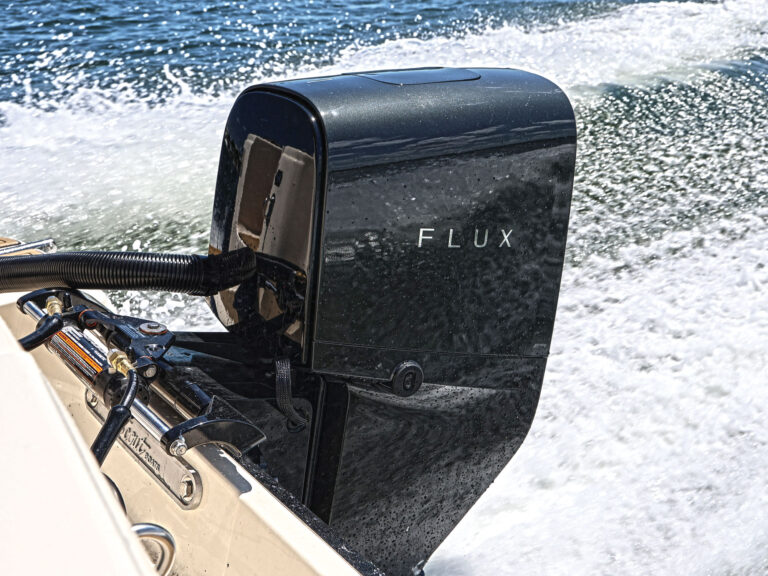A marine accessory is only as good as its installation. In fact, I’ll state right here and right now, that a mediocre product installed properly will deliver better reliability and performance than a quality product installed without attention paid to detail. So when we tested Jensen’s JMS7010 marine stereo for the October 2011 issue of Boating, we did it right. Doing so makes for a fair test. And in this case, we chronicled the job to provide you with the following photo gallery. It’s a step-by-step manual for installing a stereo–or pretty much any other flush-mounted electronic equipment.
Note: In this case, the boat aboard which I installed the JMS7010 had an existing cutout for an older stereo. That unit had a larger than standard size cutout, and so, before I could begin, I first had to fabricate a mounting plate to make a big hole smaller.
Do it right. You’ll be glad you did.
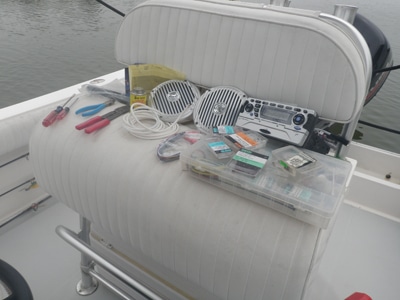
The leaning post as workbench: getting organized is half the battle.
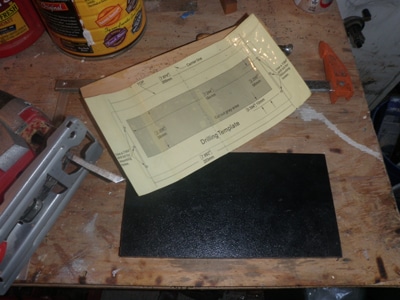
Stereo Installation Tips
Jensen provided this handy template so I could cut and pre-drill the mounting board with precision.

Stereo Installation Tips
Here I’ve drilled the corners so I can use a jigsaw to make the cutout: connect the “dots.”
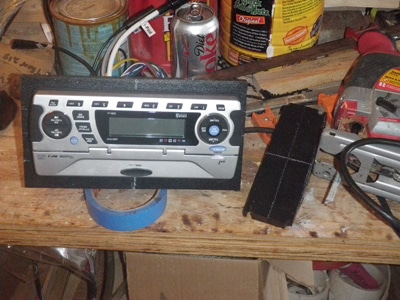
Stereo Installation Tips
Dry fit: That worked great!
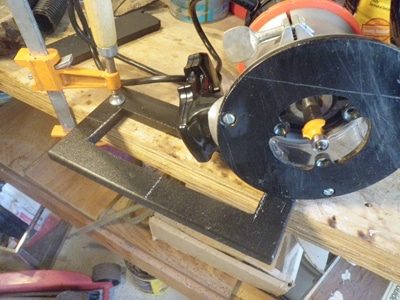
Stereo Installation Tips
After the successful dry fit, I radiused the edges of the Starboard plate so it looks nice and won’t hold water or dirt and…..
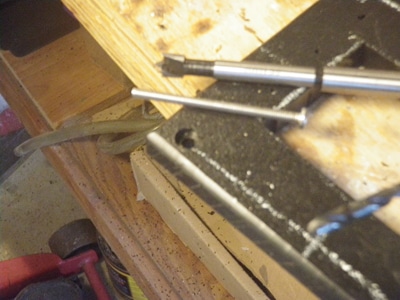
…then drilled and countersunk the mounting holes. Much easier here at the bench than on the boat.
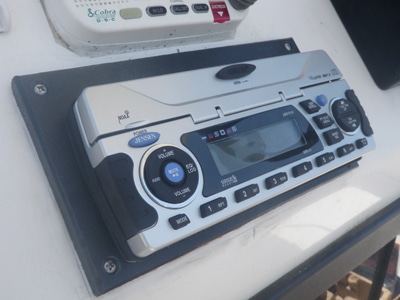
Stereo Installation Tips
Fits like a glove and looks great.
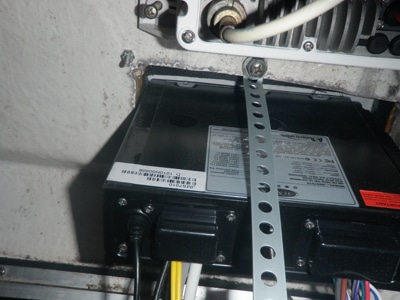
This support strap is required with most stereos. I installed a bolt from the outside–behind the mounting plate so it hidden–and then secured it inside the console with a locknut. On to wiring, speakers and accessory installation!
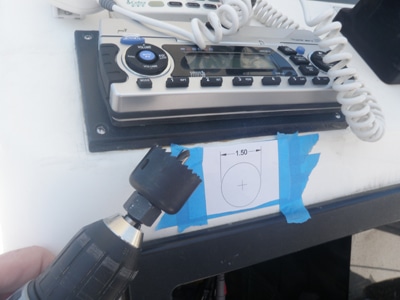
Stereo Installation Tips
Again using the template that top manufacturers like Jensen provide, we measured and marked for the location of the auxiliary input port. Attention was paid to get the location centered.
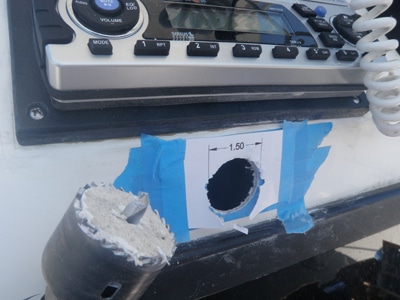
Stereo Installation Tips
I masked the cutout area to prevent chipping, taped the template in place over that and cut the hole with a hole saw chucked in a cordless drill.
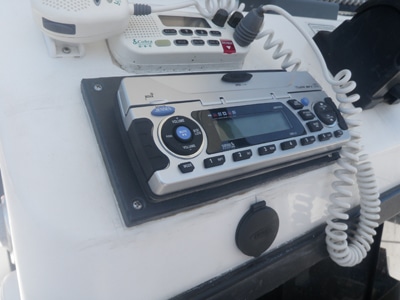
Stereo Installation Tips
It’s about 1/16 off center, but still looks good. Note the polysulfide sealant around the stereo mounting plate: I used the same to bed the auxiliary input.
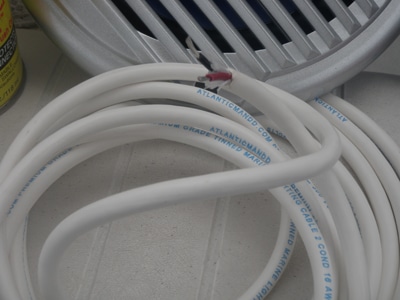
Stereo Installation Tips
I prefer to use duplex cable when installing gear. This consists of 2 wires inside one jacket. It means you only have to route the wires once, plus it provides additional chafe protection due to the outer jacket. Make sure yours is stamped “marine” right on the jacket. That means the wire is tinned for corrosion protection and can withstand heat up to 105-degrees celsius.
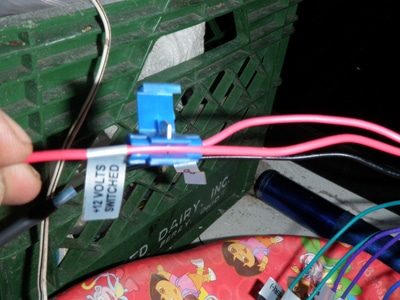
These connectors come in handy when you need to splice into the middle of an existing power supply wire rather than make a dedicated run. It’s a 3M Quick Splice.
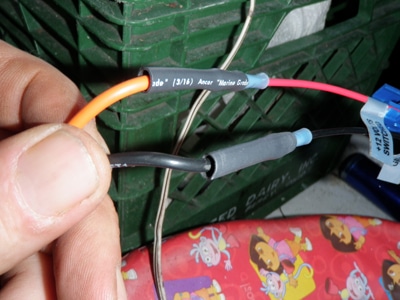
Stereo Installation Tips
All connections aboard should be protected with either shrink-seal or coat connections with liquid neoprene or StarBrite Liquid Electrical Tape. Here we are shrink-sealing with shrink tubing.
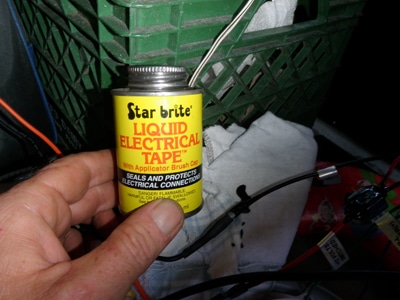
Stereo Installation Tips
I also used liquid electrical tape in some instances. On a windy day, it can be hard to keep a lighter lit to heat and shrink shrink-tube. So both are in my tool kit.
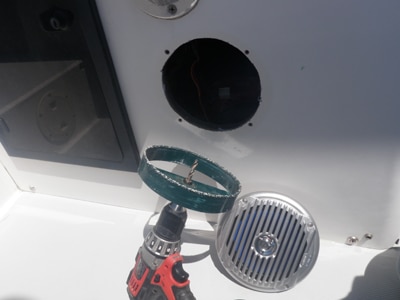
Stereo Installation Tips
I used a 6-inch diameter holesaw chucked in a cordless drill to cut the holes in the console for one pair or speakers. This matched the speaker diameter.
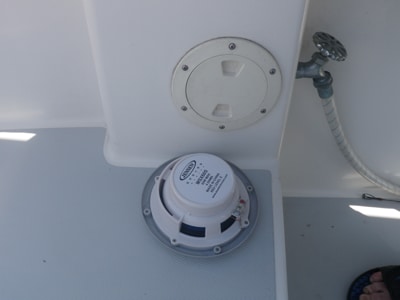
Stereo Installation Tips
For the other pair of speakers, I didn’t need to cut holes, instead opting to use the holes for existing decklates. A speaker is removable and one doesn’t need to service a washdown faucet often anyway.
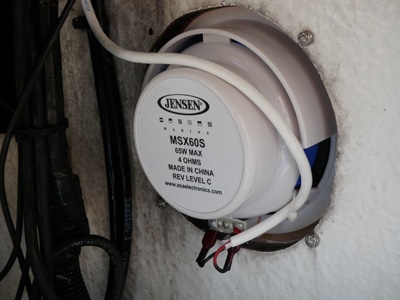
Stereo Installation Tips
Attention to detail: note how I used a zip-tie to secure the speaker wire tight to the speaker. Inside a storage area, this reduces the chance of the wire getting pulled off or stressed.
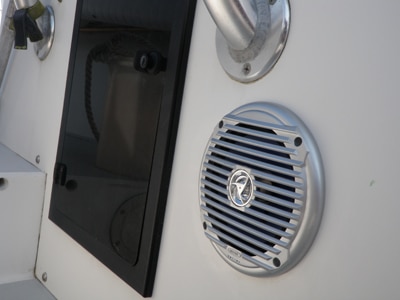
Stereo Installation Tips
They sound as good as they look. Waterproof, too!
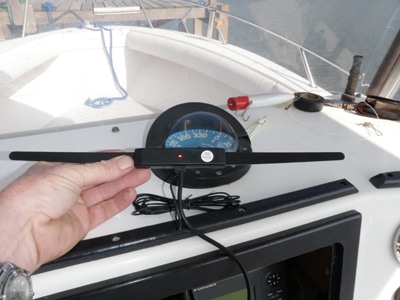
Stereo Installation Tips
Jensen offers this powered antenna. I installed it inside the radio box. It has a self adhesive pad for mounting though, that requires a smooth surface for adhesion. This radio box required some sanding at the mounting location to make it smooth. It has held fine in seas to 6-feet and speeds to 35-knots (No, not at the same time!). Reception is decent as well.
Well, there you have it. Planning, preparedness and you too can make a first class install aboard your boat.





